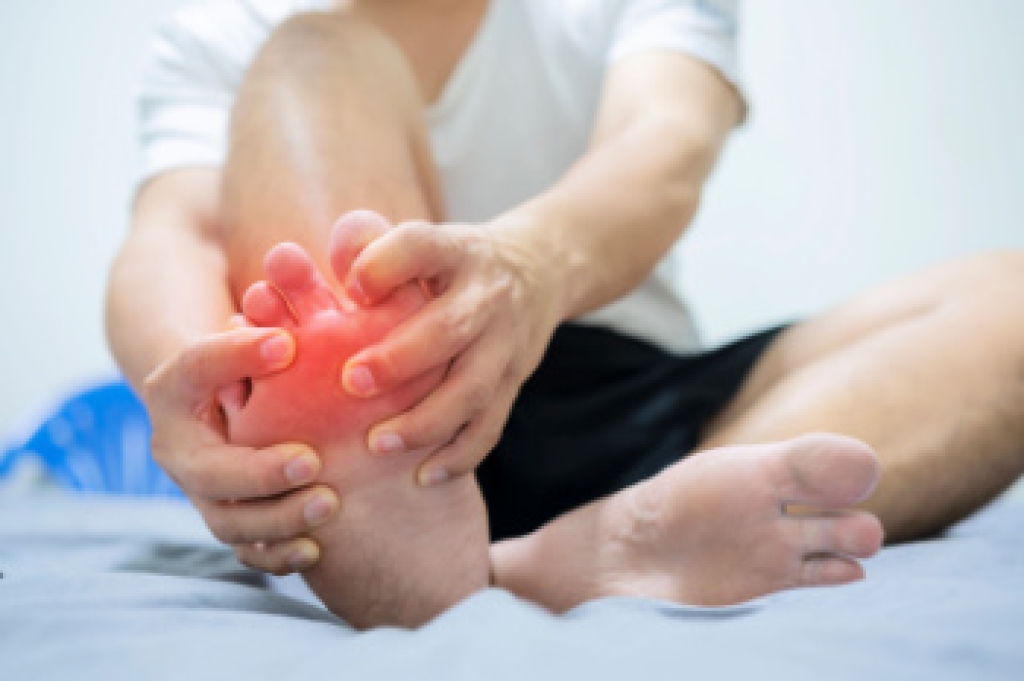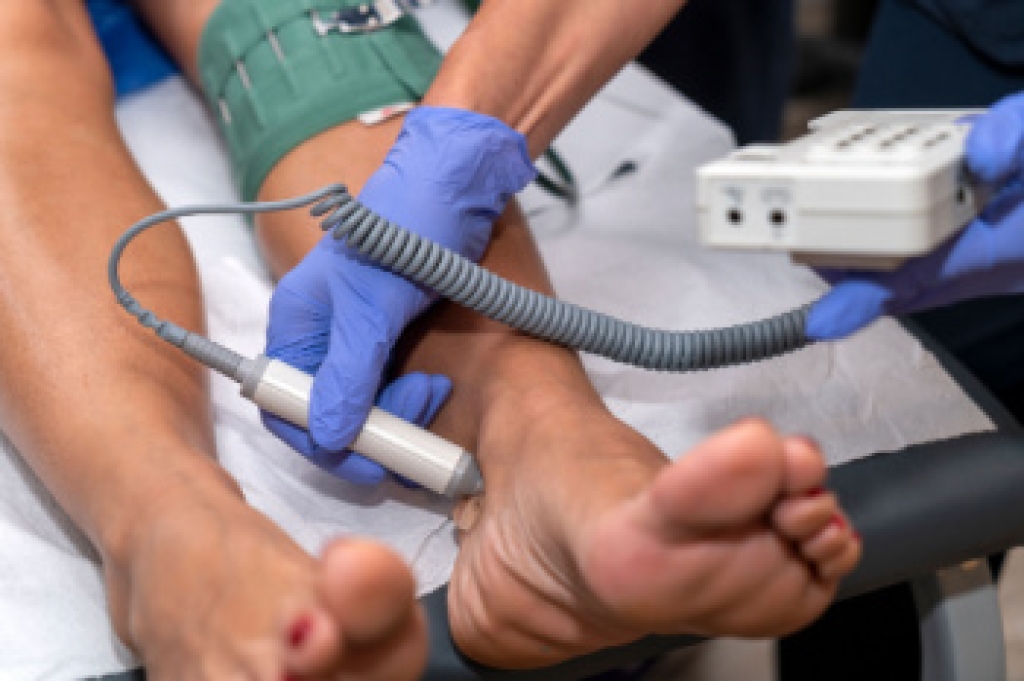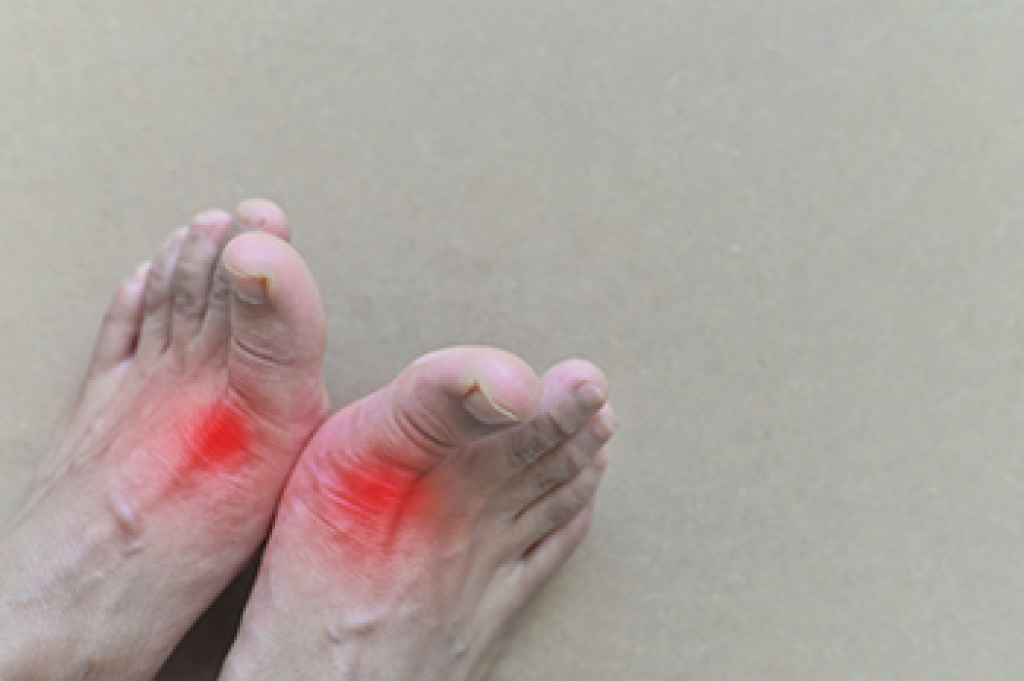
Cracked heels can be bothersome and even painful. They often occur due to dry skin and excessive pressure on the feet, especially while wearing open-back shoes or spending a lot of time on hard surfaces. Moisturizing the heels regularly with emollients helps restore suppleness and prevent further cracking. If the condition persists despite conservative treatment, it is suggested that you visit a podiatrist. Possible treatments include heel cups to redistribute weight and support the heel pad, or medical glue to help cracks heal. Podiatrists can provide personalized care for optimal foot health, and also address any underlying conditions, such as diabetes, peripheral vascular disease, and neuropathy, which may contribute to cracked heels. If you have developed cracked heels, it is strongly suggested that you confer with a podiatrist who can provide effective treatment options that are correct for you.
If the skin on your feet starts to crack, you may want to see a podiatrist to find treatment. If you have any concerns, contact one of our podiatrists from Foot & Ankle Centers of Charlotte County . Our doctors can provide the care you need to keep you pain-free and on your feet.
Cracked Heels
It is important to moisturize your cracked heels in order to prevent pain, bleeding, and infection. The reason cracked heels form is because the skin on the foot is too dry to support the immense pressure placed on them. When the foot expands, the dry skin on the foot begins to split.
Ways to Help Heal Them
- Invest in a good foot cream
- Try Using Petroleum Jelly
- Ease up on Soaps
- Drink Plenty of Water
Ways to Prevent Cracked Heels
- Moisturize After Showering
- Skip a Shower
- Keep Shower Water Lukewarm
- Don’t Scrub Your Feet
If you are unsure how to proceed in treating cracked heels, seek guidance from a podiatrist. Your doctor will help you with any questions or information you may need.
If you have any questions, please feel free to contact our offices located in Punta Gorda and Port Charlotte, FL . We offer the newest diagnostic and treatment technologies for all your foot care needs.




